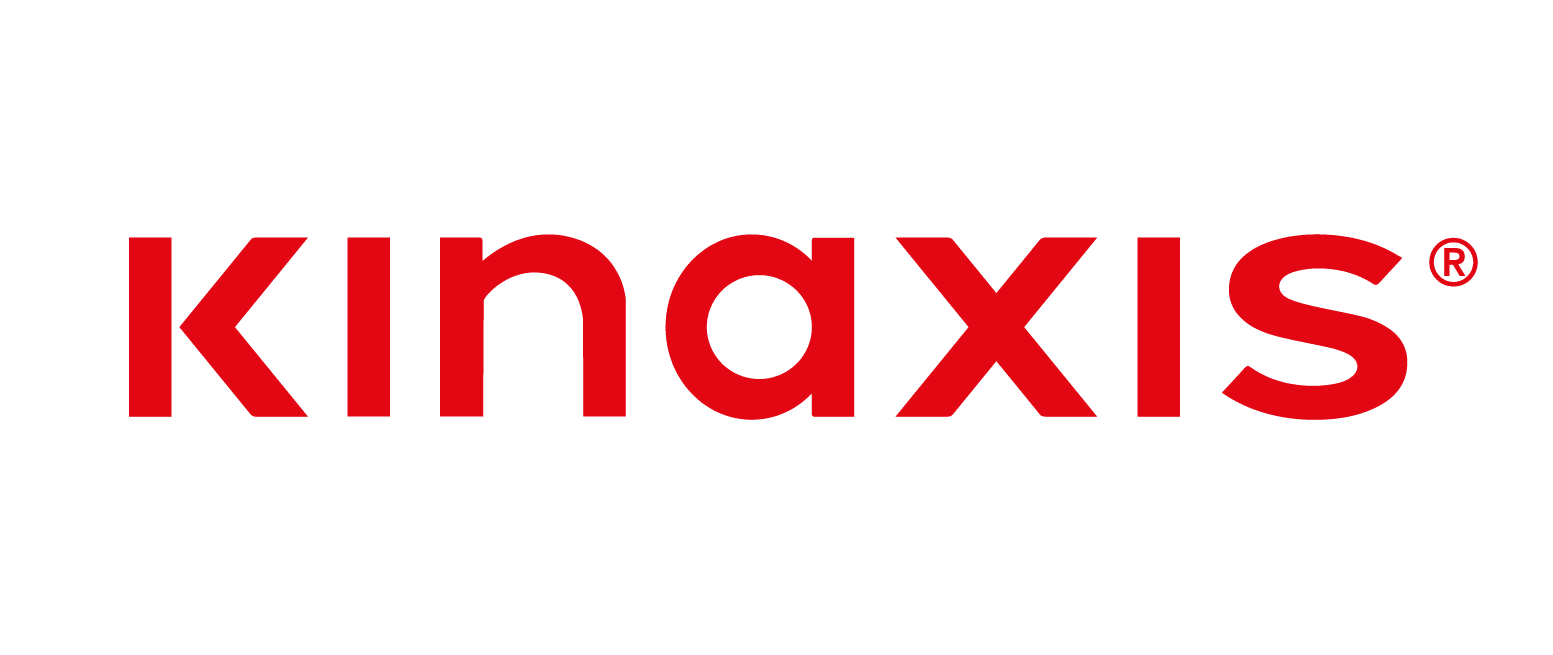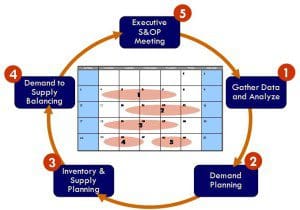IBS’s America’s user conference took place last week in Scottsdale, Arizona. I was invited to give a speech and while there I attended many of the sessions.
I must admit, I did not know IBS particularly well. My impression was that they were a relatively small Scandinavian headquartered enterprise resource planning (ERP) software supplier with a particular focus on providing enterprise solutions to mid-sized distributors. I did not really think of them as a provider of robust supply chain solutions. My impressions were only partly correct.
IBS is bigger than I realized with more than $100 million in revenues. Further, while the global company headquarters is in Sweden, IBS has benefitted from the consolidation that has taken place in the supply chain software market. They have had an influx of talented executives from RedPrairie (a leading provider of warehouse management) and i2 Technologies (a leading provider of supply chain planning), both acquired by JDA. The ex-RedPrairie executives are mainly based in the US and some of the key ex-i2 folks are based in Singapore.
Their CEO, Doug Braun, described the company as “a provider of distribution ERP and supply chain distribution solutions.” After I heard their product managers give deep dives on their warehouse management system (WMS) product and a new Sales and Operations Planning (S&OP) product, I realized that their supply chain solutions are far more robust than I understood.
The Dynaman WMS solution is very feature/function rich. And it is backed by a team with deep domain expertise in warehousing and a history of being able to develop strong customer relationships.
But I found the S&OP product more interesting. It is rather unique.
An S&OP solution needs dashboards that provide key metrics for demand, supply, and executive review teams. It has that. These solutions need a process management oriented calendar that track the various steps in the S&OP process and helps insure they are executed. It has that. S&OP solutions increasingly are embedding process specific optimization or simulation capabilities into the software. They have simulation capabilities that allow them to look at what the financial impacts associated with changing lead times, economic order quantity sizes, or service level policies would be. None of those things are particularly unique.
What is most interesting about this solution are its “playbooks.” Businesses need to plan, but businesses also need to adjust plans based upon unexpected surges or shortfalls in demand and changing supplier capabilities.
The analogy I make is to professional football. You start with a play that is called in the huddle, in this case a wide receiver running a post. But professional football teams are able to adjust that play based upon what the defense is doing. So if the opposing team’s safety has moved closer to the line of scrimmage (potential blitz), and the cornerback is playing up on the line of scrimmage (in order to jam the receiver coming off the line), then the play as called will not work unless key players – the quarterback, the receiver, and the fullback – see what is happening and are working off the same playbook. If the offense can execute – the receiver beats the jam and runs straight down the field, the fullback picks up the blitz by blocking the safety before he can get to the quarterback, and the quarterback throws an accurate long ball – then potential disaster turns into a score.
Similarly, it is nice for a supply chain solution to have alerting capabilities. But those alerts serve a limited purpose unless key players on the demand, supply, and sales/marketing team are working off the same playbook. So for example, if demand for key products exceeds the forecast, the proper playbook adjustment may be to cancel a planned promotion. But to “score,” the marketing, procurement, and warehousing team members all need to properly execute that play variation. The IBS solution contains a distribution centric playbook.
My one piece of advice to IBS is to think about renaming this solution. The S&OP process is far more common in manufacturing than in distribution and many distribution managers don’t know what S&OP is. Further, those distribution executives that do understand the manufacturing S&OP process might rightly believe that the manufacturing centric flavor of S&OP is bigger and heavier than what is necessary in distribution. I can see where with the IBS solution properly configured, you could cut a month long process down to a week and help to further close the gap between planning and execution that exists at so many companies.
(IBS is an ARC Advisory Group customer).


















Leave a Reply